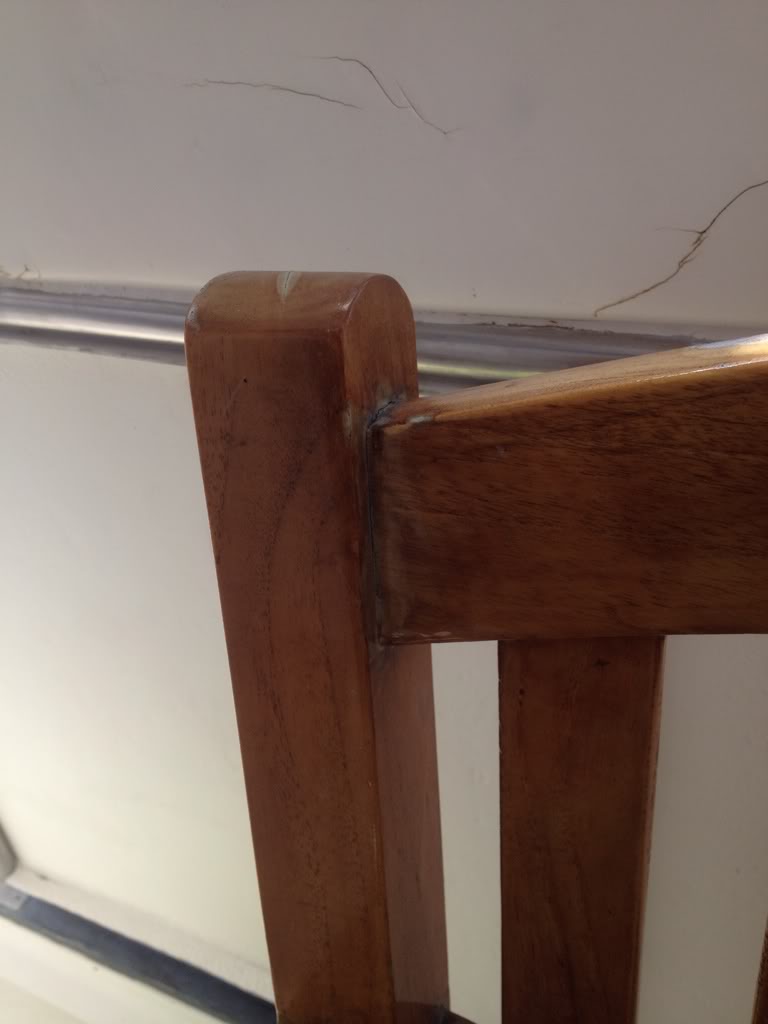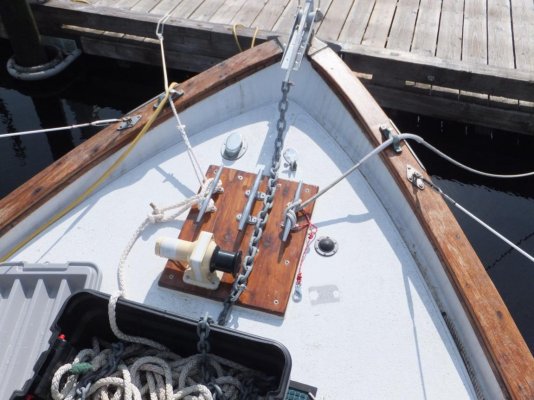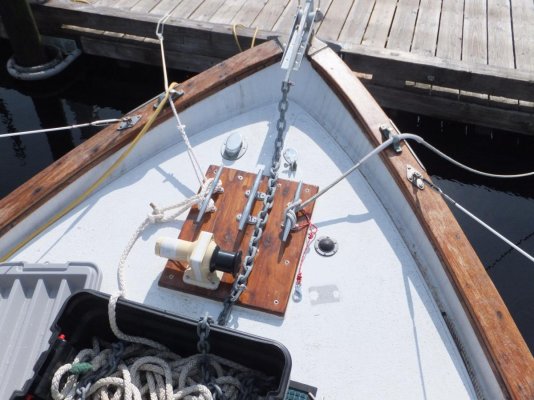Forkliftt
Guru
- Joined
- Oct 6, 2007
- Messages
- 2,450
- Location
- USA
- Vessel Name
- KnotDoneYet
- Vessel Make
- 1983 42' Present Sundeck
I have some nice teak (I was told) furniture on the aft deck that I have refinished once with Bristol. After a few years it has not done well- mostly due to my neglect and an improper application method I am sure. I really like the product and plan to continue to use it- so this is not a " best varnish to use" thread. On my next attempt I plan on applying two coats of CPES and then the first coat of Bristol while still wet as Marin has suggested in a post a while back. My question is whether or not it would benefit to caulk the joints where two boards meet and are subject to expansion? It seems to me that this area will always be subject to movement and tend to crack. Thoughts?



 .
.
